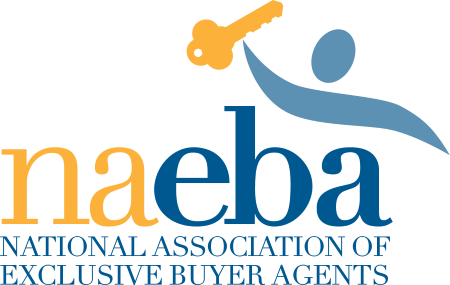Buying your first home is an exciting time but also an expensive one. While that huge down payment may be the first financial mountain to climb it’s not the only one. Smart buyers also need to consider the costs after homeownership. You should consider getting an Exclusive Buyer Agent who is qualified to help you navigate that process. If you’ve only rented up until now, then it’s easy to think that mortgage payments and utilities are the only monthly payments you’ll have to worry about. But there’s a host of other costs you have to consider as well. Fail to consider them and you could end up being “house poor”, a situation in which you’re spending most of your income just keeping your home afloat. With that in mind, here are six common homeownership costs you need to be ready for.
1.) Maintenance/Repair Costs
Maintenance and repairs are just a fact of life as a homeowner. Before you could leave this to the landlord, now it’s your responsibility to take care of your little nest. Estimating your average maintenance/repair costs before buying can be tricky but there are ways to do it. One method is to budget 1-2% of your home’s value for maintenance. Another way is to allocate $1-2 per square foot of your home per year. This would work out at $3,000-$6,000 per year for a $300,000 home, or $2,000-$4,000 for a 2000 sq.ft. home.
If getting this much cash together every year sounds daunting, then remember that it’s very unlikely you’ll spend all of it in one year. Some of this cash will carry over to the next year. Also, certain repairs will most likely only have to be undertaken once in your home’s lifetime. Things like a new roof or heating system usually only have to be done once if they’re done right. Don’t overlook potential maintenance costs as you never know when these might strike. Have a reserve fund set aside as these sorts of costs will usually have to be paid upfront.
Common maintenance problems include:
- Lead paint
- Asbestos
- Insect damage
- Water and mold problems
- Plumbing, HVAC, and electrical upgrades
2.) Utility Expenses
Utility bills are not hard to estimate and tend to come in fixed amounts each month. Make some inquiries with your local utility companies and get an estimate of what you’ll be paying for a house your size each month. It’s also a good idea to ask the sellers for the last 1-2 year’s utility bills. If you’re buying an older home, then keep in mind that this might mean higher monthly utility bills. Older homes were built in a time when energy was cheaper and insulation technology was basic.
At this point, you have two options. You can either fork over several thousand dollars to upgrade the HVAC system, insulation, and windows. Or you can keep things as they are and pay up to a few hundred dollars more every month just to keep it comfortably warm/cool. If you’re planning to stay put for 10+ years and you have the funds, then it’s well worth getting a few upgrades. This needn’t be all at once either, you can always spread the costs of upgrades over several years.
3.) Property Taxes
Another expense new homeowners often forget is property taxes. The costs of this will vary greatly depending on your location and the value of your home. In short, your property tax is determined based on the assessed value of your home, any exemptions you qualify for and a property tax rate. Your assessed home value is determined on a certain date. Most jurisdictions do this annually but in some jurisdictions, it’s done every other year, when the property is transferred, or on some other schedule. Additionally, in some jurisdictions, your assessed value is the market value. In others, it’s the market value multiplied by an assessment rate. Before buying, make sure to call up the city/township and ask them how local property taxes are assessed and what yours might be.
4.) Association Dues
Buying a condominium will mean savings on maintenance but this will also most likely mean paying association dues. These are costs you have to pay (either monthly or annually) if you’re part of a homeowner’s association (HOA). These pay for things like community swimming pools, gyms, guarded gates, etc. The more amenities you have access to the higher the HOA dues are. Other gated communities can also come with HOA dues that cover the maintenance of communal areas. If you’re not sure if your potential home is part of one, then now’s the time to ask. Also, when looking at association fees, check if they’ve risen steadily over the years. High price rises indicate poor association management and future increases ahead.
5.) Home Insurance
As a renter, you may have previously had renter’s insurance to cover your belongings. But as a homeowner, you’ll need much more comprehensive insurance. This is especially so if your home is located in a dangerous area like a floodplain. The higher the risk the higher your insurance payments will be. Be smart and get some home insurance quotes before you buy.
6.) Transportation Costs
Ease of commuting is an important factor in choosing a home and not just regarding lifestyle but also costs. Living in an urban center can cut down on these costs but not every city has great public transport. For instance, Los Angeles is a city where you absolutely need a car if you ever want to get anywhere. Before buying, think about how you’ll get around and the costs of that. Don’t leave car insurance payments out of this either.

